If, like the West Country Tiling team, you are passionate about all things roof related, then the history and evolution of roof tiles is a fascinating journey. The development of the humble roof tile spans thousands of years and multiple civilisations.
The fascinating evolution of roof tiles
The earliest known roof tiles were found in the ancient cities of Mesopotamia, circa 3000 BCE (before the current era). These tiles were made from clay and were shaped by hand. Around the same time, ceramic roof tiles appeared in China and were often decorated with intricate designs.
Around 2500 BCE, the Ancient Greeks adopted and refined the use of interlocking clay roof tiles, which look very similar to the ones we still use today. Below are examples of our single lap roof tiling.

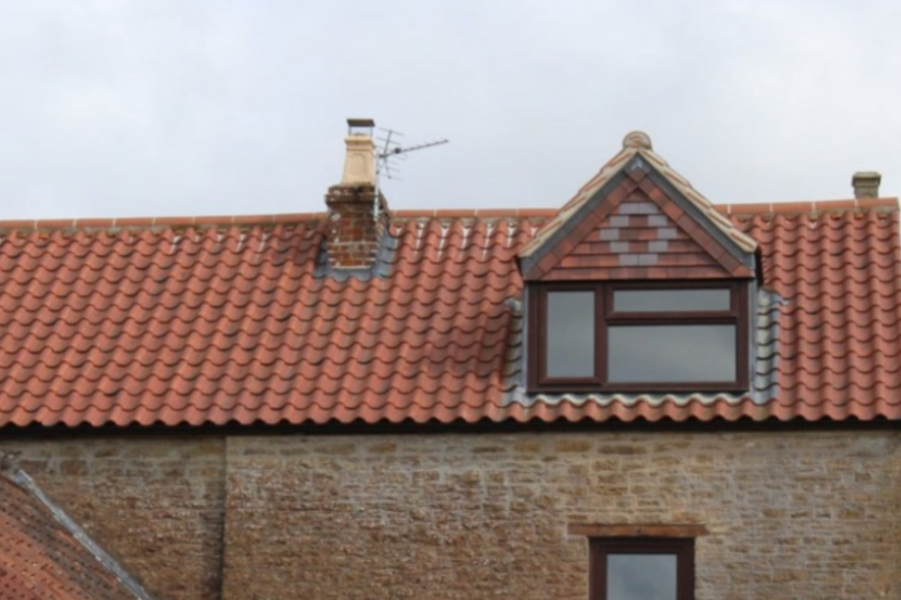
In 500 BCE, the Romans further innovated the design and production of clay roof tiles. Roman tiles were typically more uniform and featured an improved interlocking system. The widespread use of tiles in Roman architecture, including in homes, public buildings, and baths, helped standardise roofing techniques across the empire.
The Byzantines, circa 330-1453 CE (current era,) continued the Roman tradition of using roof tiles, particularly in their churches and palaces. Their tiles often featured decorative elements and religious symbols. Example below of the diaper pattern on Tyntesfield House.
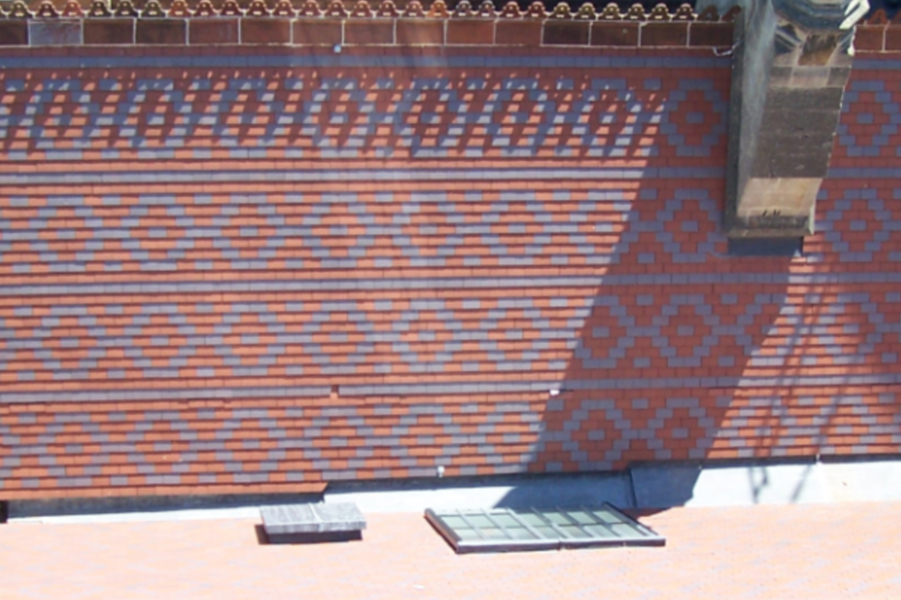
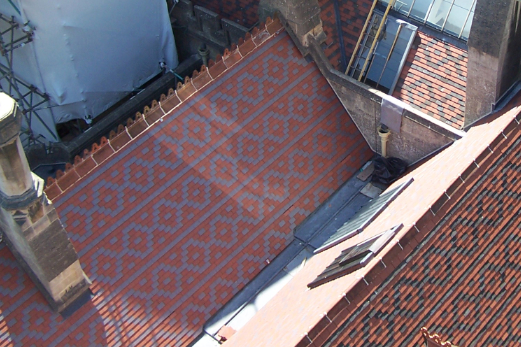
Throughout 500-1500 CE in medieval Europe, roof tiling became more common, particularly in regions with abundant clay resources. The styles varied, including flat tiles, pantiles (curved tiles), and S-shaped tiles.
The Renaissance period of the 14th–17th centuries, saw a revival of classical architectural styles, including the use of roof tiles. Innovations in kiln technology improved the quality and durability of the tiles.
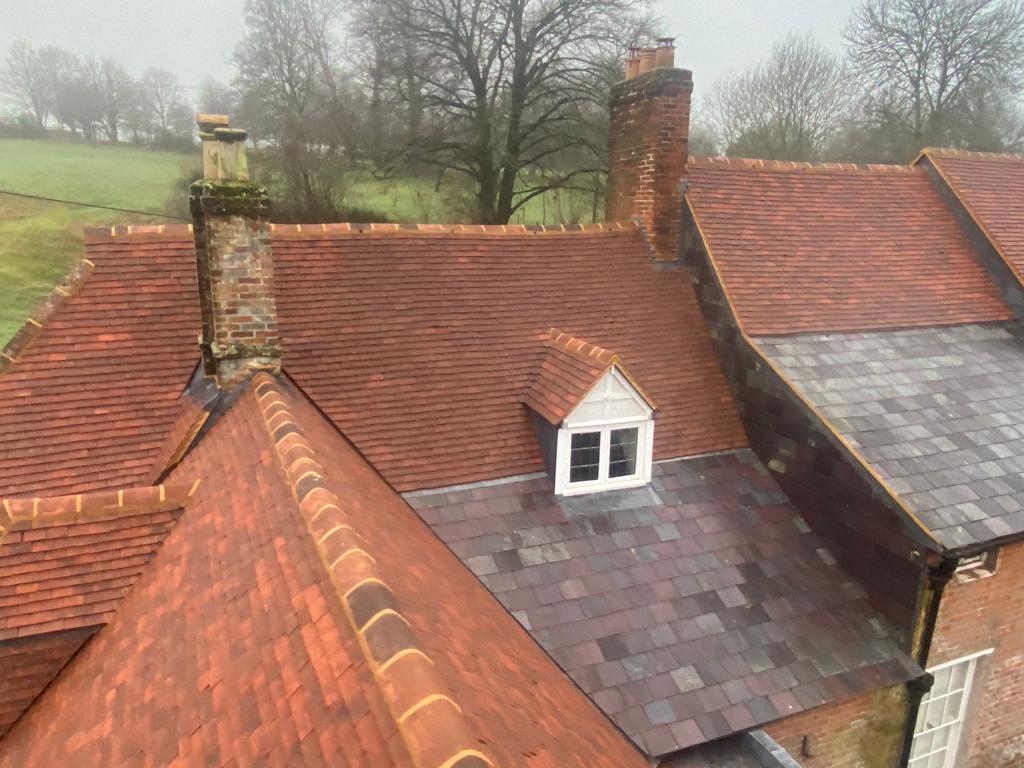
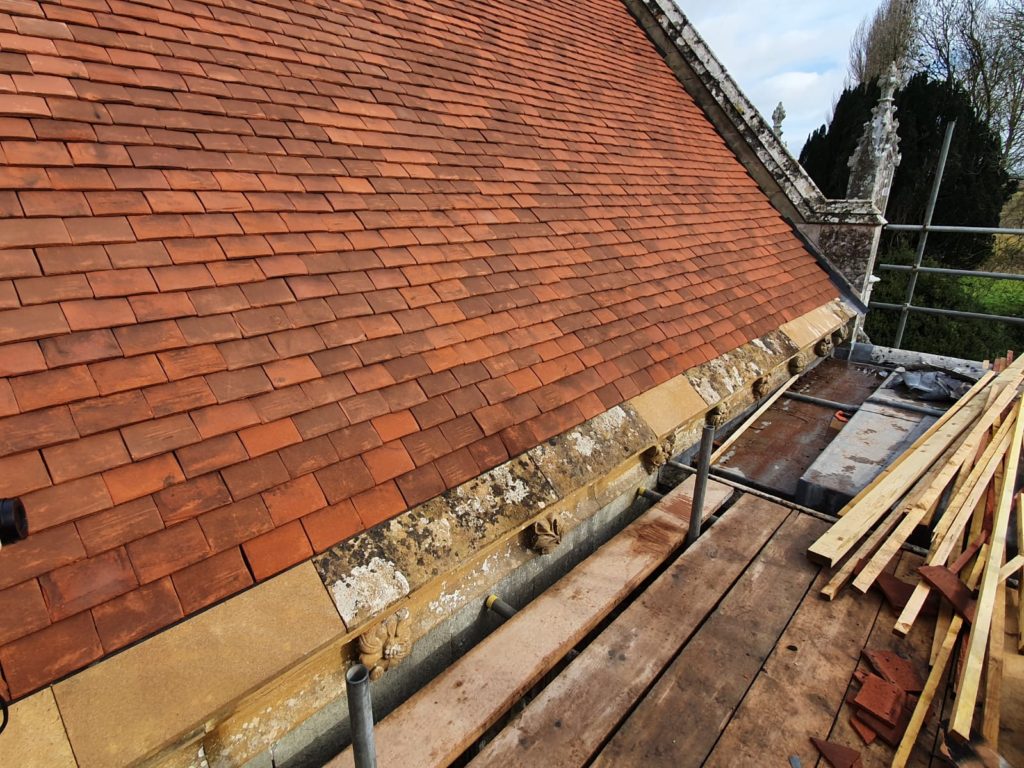
The Industrial Revolution of the 18th–19th centuries brought significant changes to roof tile production. Mechanisation allowed for mass production of uniform and affordable tiles.
New materials, such as concrete and slate, began to be used alongside traditional clay.
The 20th century saw the introduction of new materials and technologies. Concrete tiles became popular due to their cost-effectiveness and durability. Advances in glazing and coating technologies allowed for a wider variety of colours and finishes.
Sustainable building practices of the early 21st Century have led to a renewed interest in traditional materials like clay and slate, valued for their longevity and environmental benefits. The development of solar roof tiles integrated solar panels or PV slates directly into roofing materials, combining energy production with traditional roofing functions.
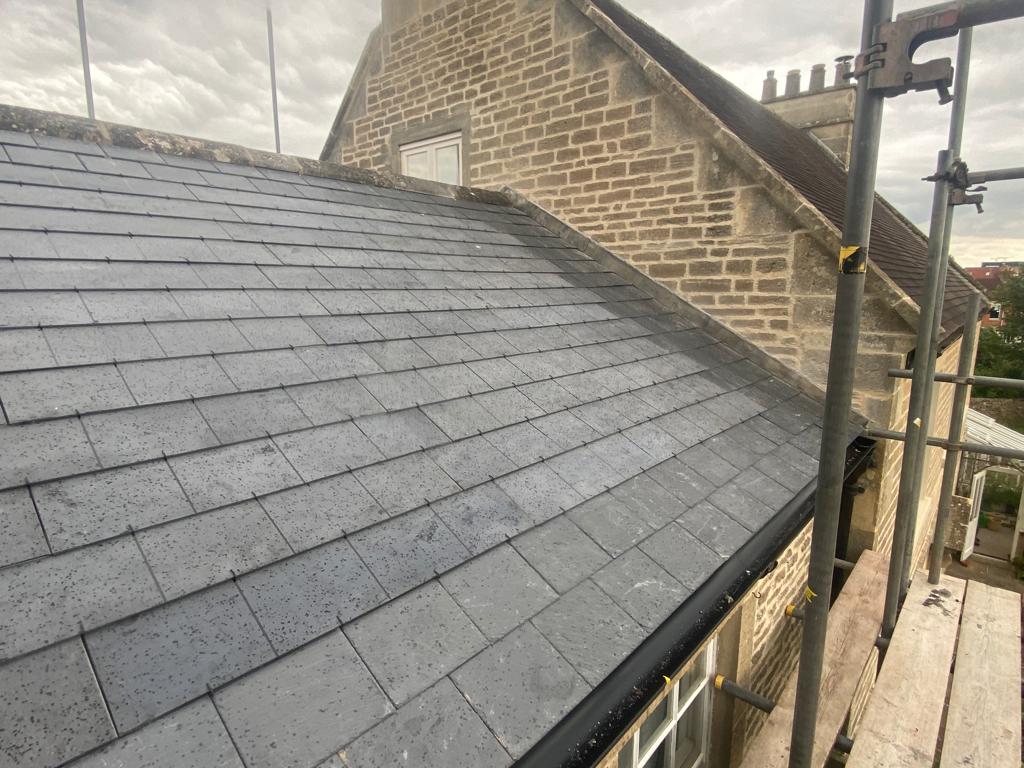
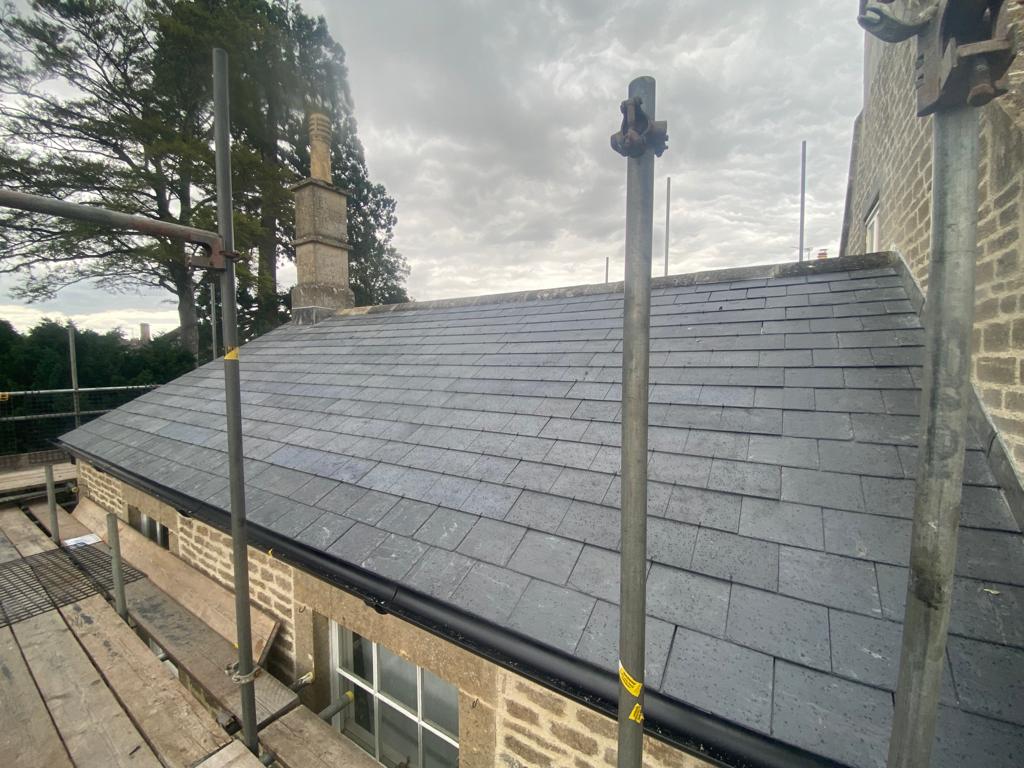
Modern roof tiles are designed with a focus on energy efficiency, environmental sustainability, and aesthetic appeal. Smart tiles, capable of monitoring environmental conditions and providing data for building management systems, are an emerging trend.
Why choose West Country Tiling
We are expert roofers based in the South West of England. We work on roofs of all sizes and are experienced in undertaking reroofs, roof repairs and roof maintenance using double lap and single lap clay roof tiles, stone, natural and modern PV slates.
Please call us on 01373 462 224 or email us on info@westcountrytiling.com for quotations on roof maintenance, roof repairs and reroofs.
